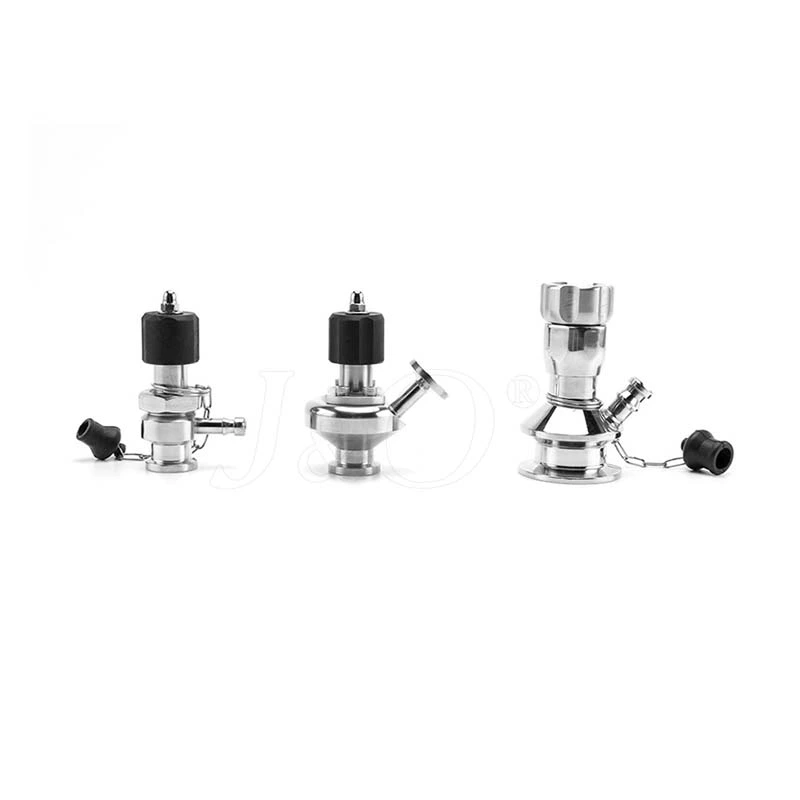Aseptic Sampling Valve Can Be Sterilized Before And After Each Sampling
Sanitary Aspetic Sampling Valve can be sterilized before and after each sampling. The valve is opened for sampling and closed for sterilization. It is suitable for food, beverage, dairy, pharmaceutical, brewing, beer, chemical, petroleum and other industries.
The aseptic sampling valve can meet the special requirements of various media in the fields of food and biopharmaceuticals. The material contact part is smooth, seamless, and the automatic emptying handicraft fluid channel is also very suitable for the need of steam stepping on it for on-site cleaning. During the manufacturing process, the quality is strictly controlled according to the requirements. Computer three-dimensional design is used, which is manufactured for the requirements.
The aseptic sampling valve is safe and stable for sampling. During the sampling process, first close the A valve close to the equipment and pipeline in the double opening valve, and then open the B valve to let the medium flow into the space between the two valves, and then close the B valve and open the A valve, and place the sampling vessel at the sampling port to hold the sampling medium. The aseptic sampling valve is sealed by the cone at the top of the valve stem and the cone hole of the valve seat. When sampling, the hand wheel is used to lift the position of the valve stem to separate the valve stem from the cone hole, so that the medium in the cone hole can flow into the external sampling vessel.
During the use of the aseptic sampling valve, if you encounter a situation where you need to use a heat preservation jacket, you should pay attention to the operation. You cannot force the valve to open before the medium is completely melted. You must wait until the crystals in the valve are melted before you can open the valve, otherwise it is easy to cause a safety accident. When the aseptic sampling valve uses a heat preservation jacket, you should also pay attention not to force the valve to open. If you encounter a situation where the valve cannot be opened, do not use an extended force arm, which will cause the valve to be overstressed and cause the valve core and valve stem to fall off, or cause damage to the sampling components, leading to safety hazards.
Aseptic sampling valves are widely used to sample from tanks or pipeline systems under sterile conditions, and require sterilization before and after each sampling. There is no dead angle, the sterilization is thorough, and aseptic sampling can be performed continuously and at any time. Aseptic sampling valves are widely used in food, wine, beverages, dairy products, toothpaste cosmetics, biopharmaceuticals and other industries. Aseptic sampling valves have low fluid resistance. Sanitary sampling valves have the smallest fluid resistance among all valve types. Even for reduced-diameter ball valves, their fluid resistance is quite small.
The valve seat of the aseptic sampling valve has good sealing performance. The sealing ring made of elastic materials such as polytetrafluoroethylene is easy to seal. The valve sealing capacity of the sanitary sampling valve increases with the increase of medium pressure. The valve stem of the aseptic sampling valve is reliably sealed. Since the valve stem only rotates but does not move up and down, the packing seal of the valve stem of the sanitary sampling valve is not easy to be damaged, and the sealing capacity increases with the increase of medium pressure.
